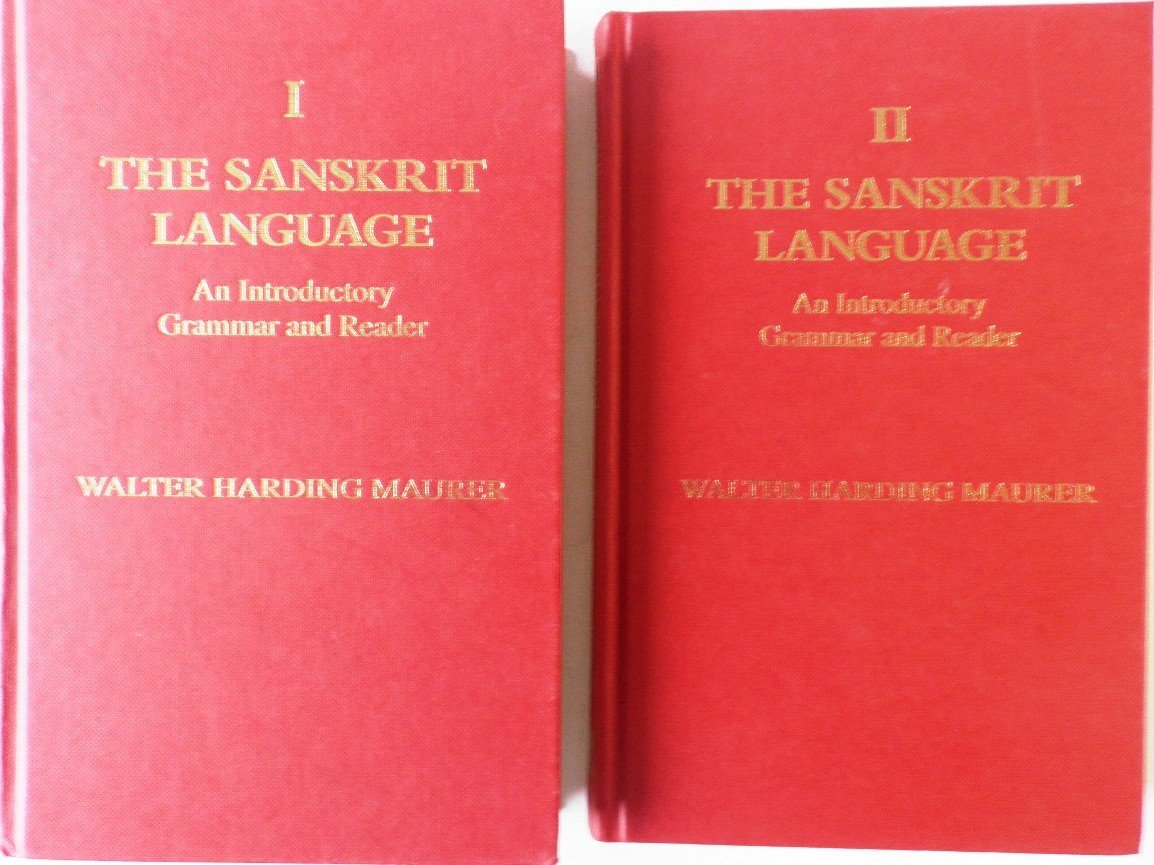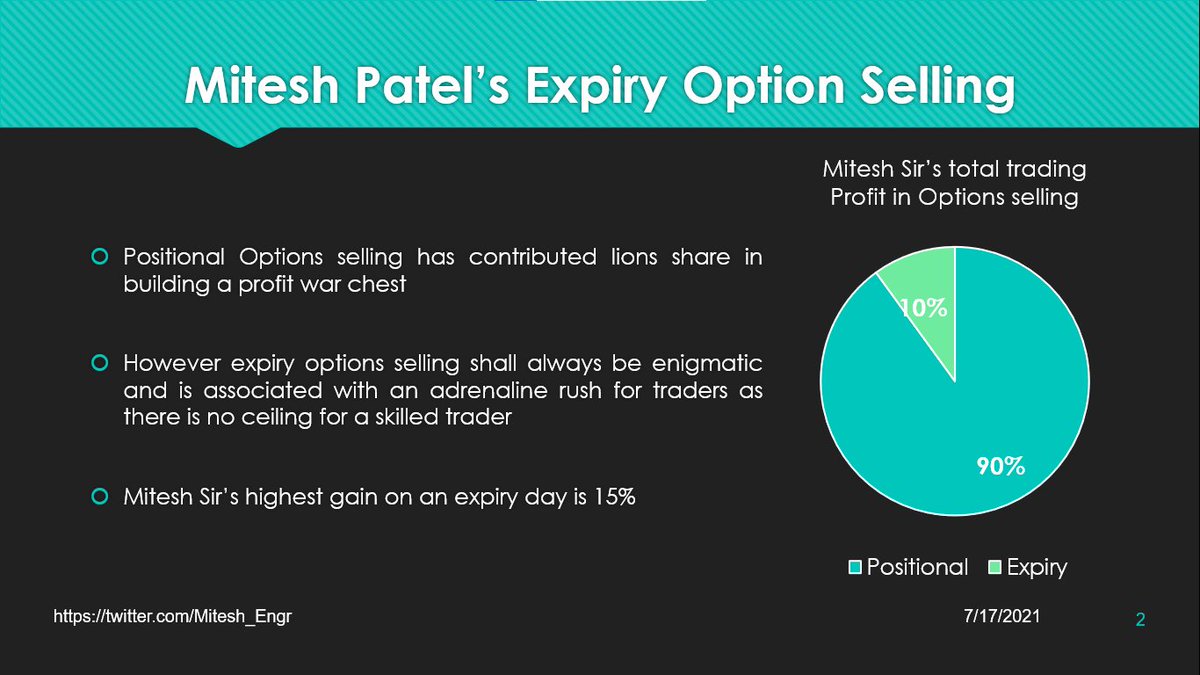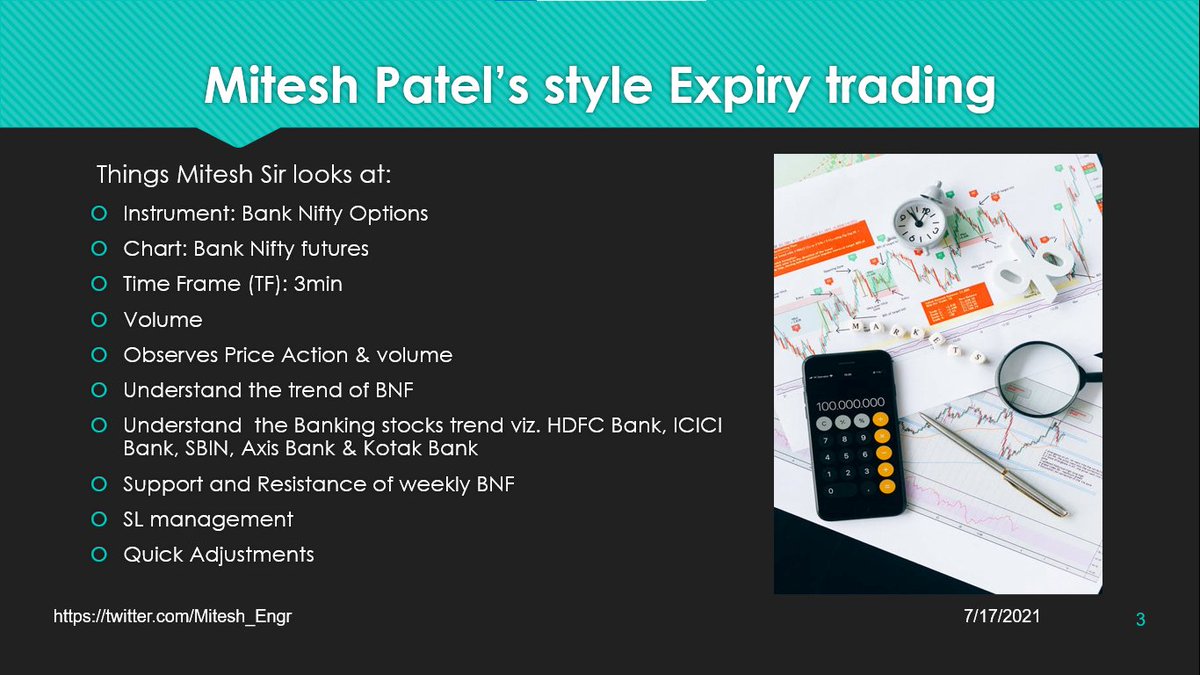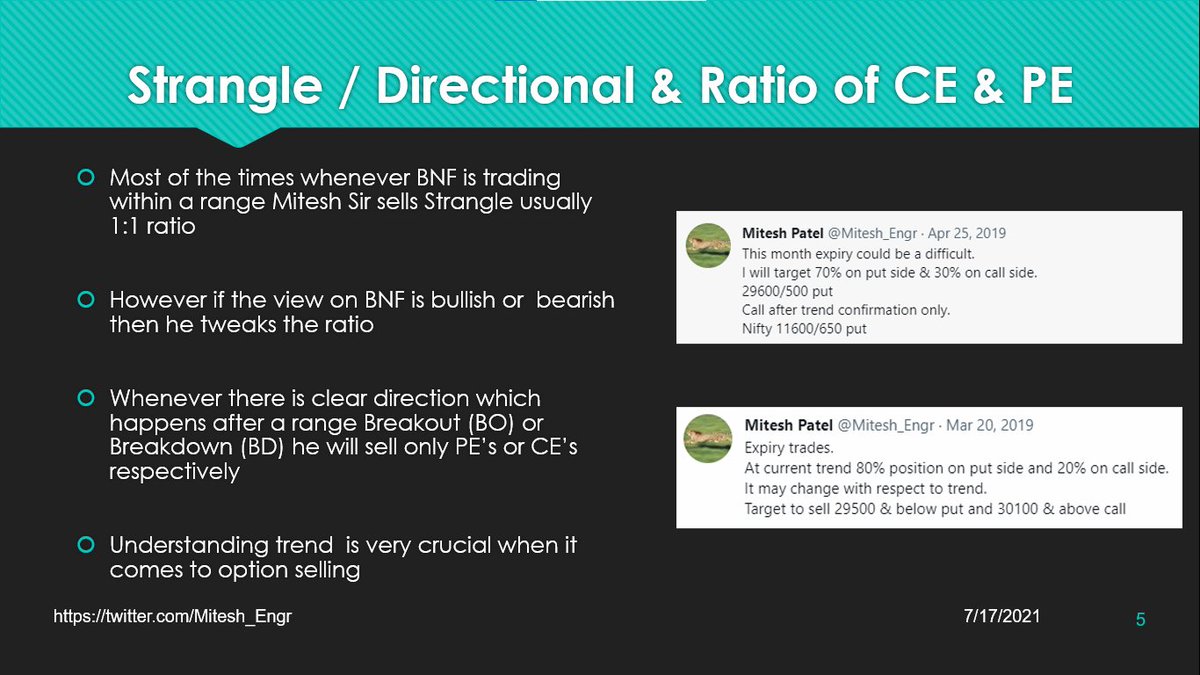Positive aesthetics simply means it has to look good - it should follow the rules of proportion and symmetry, the colors should be flattering, etc.
What's the difference between these 3 images? Why is one the ubiquitous example of great style, another the joke everyone wants to avoid becoming, and the last what your typical guy looks like?
I'll explain.
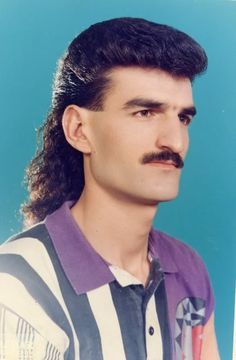
Positive aesthetics simply means it has to look good - it should follow the rules of proportion and symmetry, the colors should be flattering, etc.
The clothing visuals we love are those that are pleasing to the eye and give us a sense of satisfaction while looking at them.
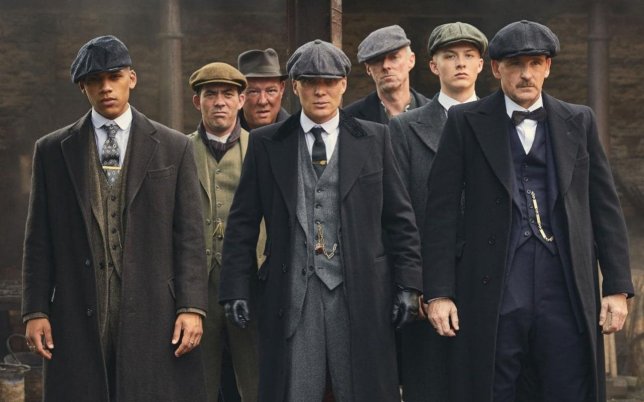
You can't throw on a toga, or a kilt, or a 19th-century 3-piece suit and walk around in it today because, as beautiful as the aesthetics are, there's no cultural relevance.
This is where most trends come in.
Aesthetics are thrown out the window and a goofy, exaggerated version of relevance takes shape.
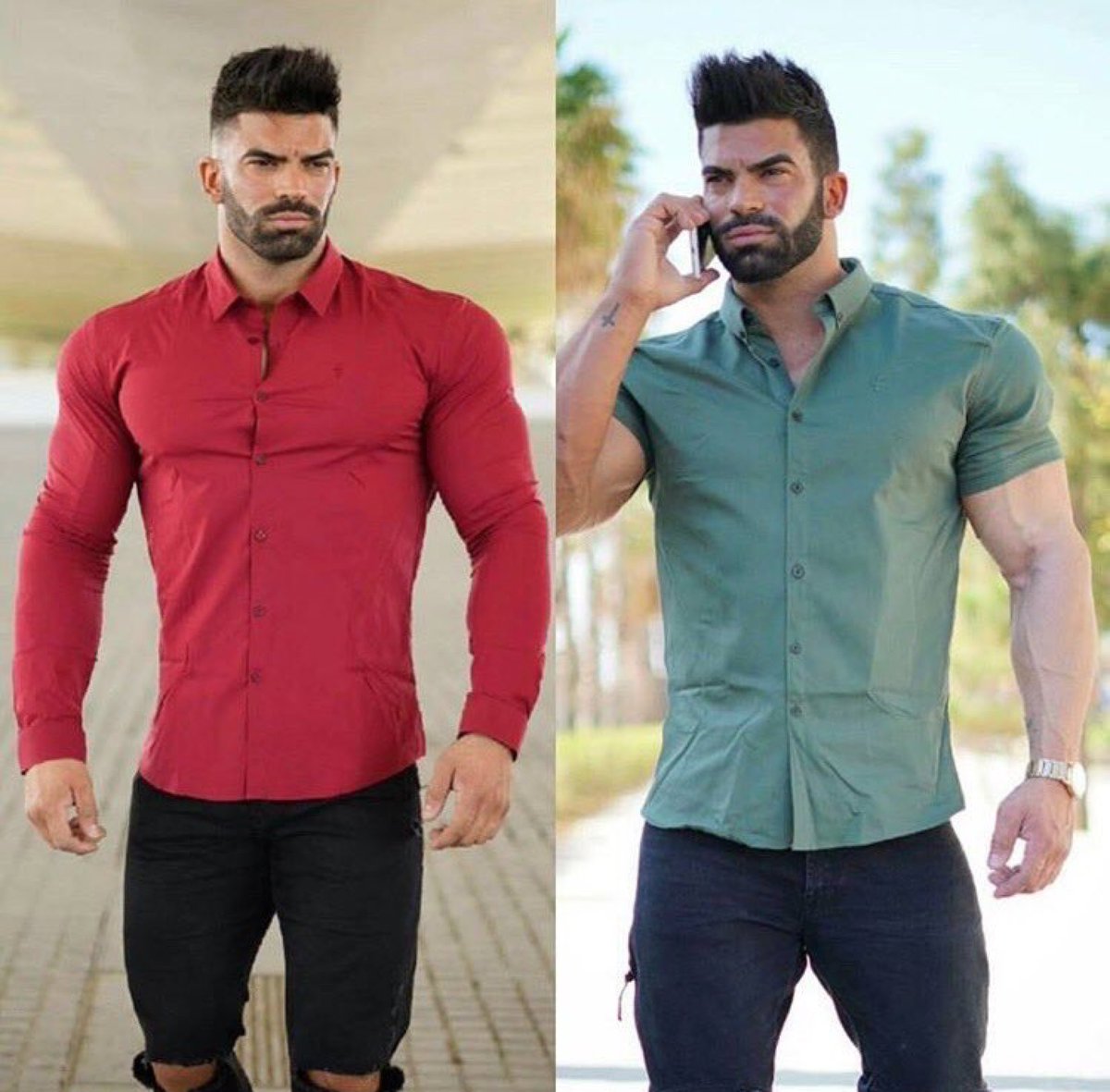
Once they've been stripped of their relevance, it becomes even more obvious that there was no inherent beauty or aesthetic to them and we wonder how we could ever have thought it looked good.
So great style is a combination of both.
You have to both understand aesthetics well enough to make your clothing look good, and your culture well enough to make your clothing relevant.
So, rather than play to win, they simply attempt to not lose.
Rather than choosing clothing that's beautiful, they get stuff that isn't ugly.
Rather than risk standing out in a bad way, they do their best to simply fade into the background and simply exist
And even the execution isn't that difficult once you know what to look for and how to make it happen.
https://t.co/Zpi0nIu8sg
More from Culture
You May Also Like
RT-PCR corona (test) scam
Symptomatic people are tested for one and only one respiratory virus. This means that other acute respiratory infections are reclassified as
4/10
— Dr. Thomas Binder, MD (@Thomas_Binder) October 22, 2020
...indication, first of all that testing for a (single) respiratory virus is done outside of surveillance systems or need for specific therapy, but even so the lack of consideration of Ct, symptoms and clinical findings when interpreting its result. https://t.co/gHH6kwRdZG
2/12
It is tested exquisitely with a hypersensitive non-specific RT-PCR test / Ct >35 (>30 is nonsense, >35 is madness), without considering Ct and clinical context. This means that more acute respiratory infections are reclassified as
6/10
— Dr. Thomas Binder, MD (@Thomas_Binder) October 22, 2020
The neither validated nor standardised hypersensitive RT-PCR test / Ct 35-45 for SARS-CoV-2 is abused to mislabel (also) other diseases, especially influenza, as COVID-19.https://t.co/AkFIfTCTkS
3/12
The Drosten RT-PCR test is fabricated in a way that each country and laboratory perform it differently at too high Ct and that the high rate of false positives increases massively due to cross-reaction with other (corona) viruses in the "flu
External peer review of the RTPCR test to detect SARS-CoV-2 reveals 10 major scientific flaws at the molecular and methodological level: consequences for false positive results.https://t.co/mbNY8bdw1p pic.twitter.com/OQBD4grMth
— Dr. Thomas Binder, MD (@Thomas_Binder) November 29, 2020
4/12
Even asymptomatic, previously called healthy, people are tested (en masse) in this way, although there is no epidemiologically relevant asymptomatic transmission. This means that even healthy people are declared as COVID
Thread web\u2b06\ufe0f\u2b07\ufe0f
— Dr. Thomas Binder, MD (@Thomas_Binder) December 16, 2020
The fabrication of the "asymptomatic (super) spreader" is the coronation of the total nons(ci)ense in the belief system of #CoronasWitnesses.
Asymptomatic transmission 0.7%; 95% CI 0%-4.9% - could well be 0%!https://t.co/VeZTzxXfvT
5/12
Deaths within 28 days after a positive RT-PCR test from whatever cause are designated as deaths WITH COVID. This means that other causes of death are reclassified as
8/8
— Dr. Thomas Binder, MD (@Thomas_Binder) March 24, 2020
By the way, who the f*** created this obviously (almost) worldwide definition of #CoronaDeath?
This is not only medical malpractice, this is utterly insane!https://t.co/FFsTx4L2mw









